In 2024, the landscape of 3D printing continues to evolve at a breakneck pace, with groundbreaking innovations pushing the boundaries of what’s possible. From localized manufacturing to personalized nutrition, the integration of 3D printing technology is reshaping industries and transforming lives.
This year, we’re witnessing advancements that not only enhance the capabilities of 3D printing but also make it more accessible and versatile for a wide range of applications. Let’s dive into the most notable 3D printing trends and developments of 2024 that are set to revolutionize the future.
AI-Integrated Workflow and Real-Time Error Correction
AI-driven automation is transforming 3D printing workflows by reducing manual intervention and improving efficiency. Advanced AI algorithms can predict print failures before they happen and make real-time adjustments to ensure optimal results.
Companies like Printpal, which uses anomaly detection systems to sense changes in the printer and prevent damage or failure.
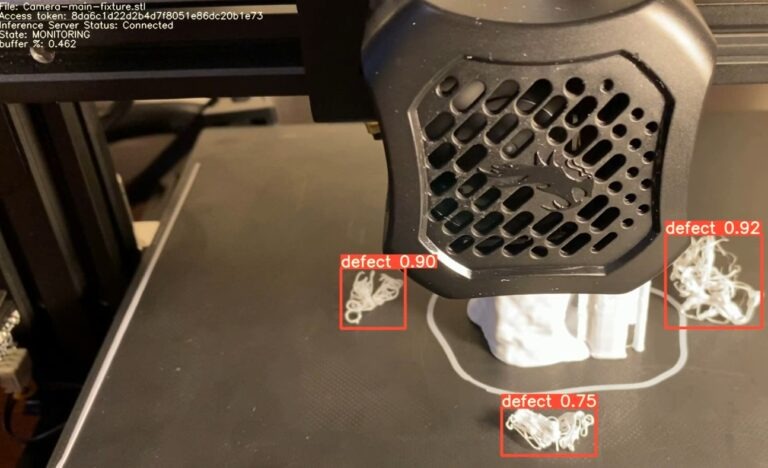
SolveForce Communications covers how AI-driven quality control systems are automating manufacturing processes by detecting errors in real-time. This ensures that products meet stringent standards and reduces the need for costly post-production fixes.
Euler, an Iceland-based startup, has launched an AI-powered defect detection tool for laser powder bed fusion (LPBF) and selective laser sintering (SLS) 3D printing. The tool integrates with Autodesk’s Fusion software to provide automated, live 3D printing analysis without expensive monitoring equipment.
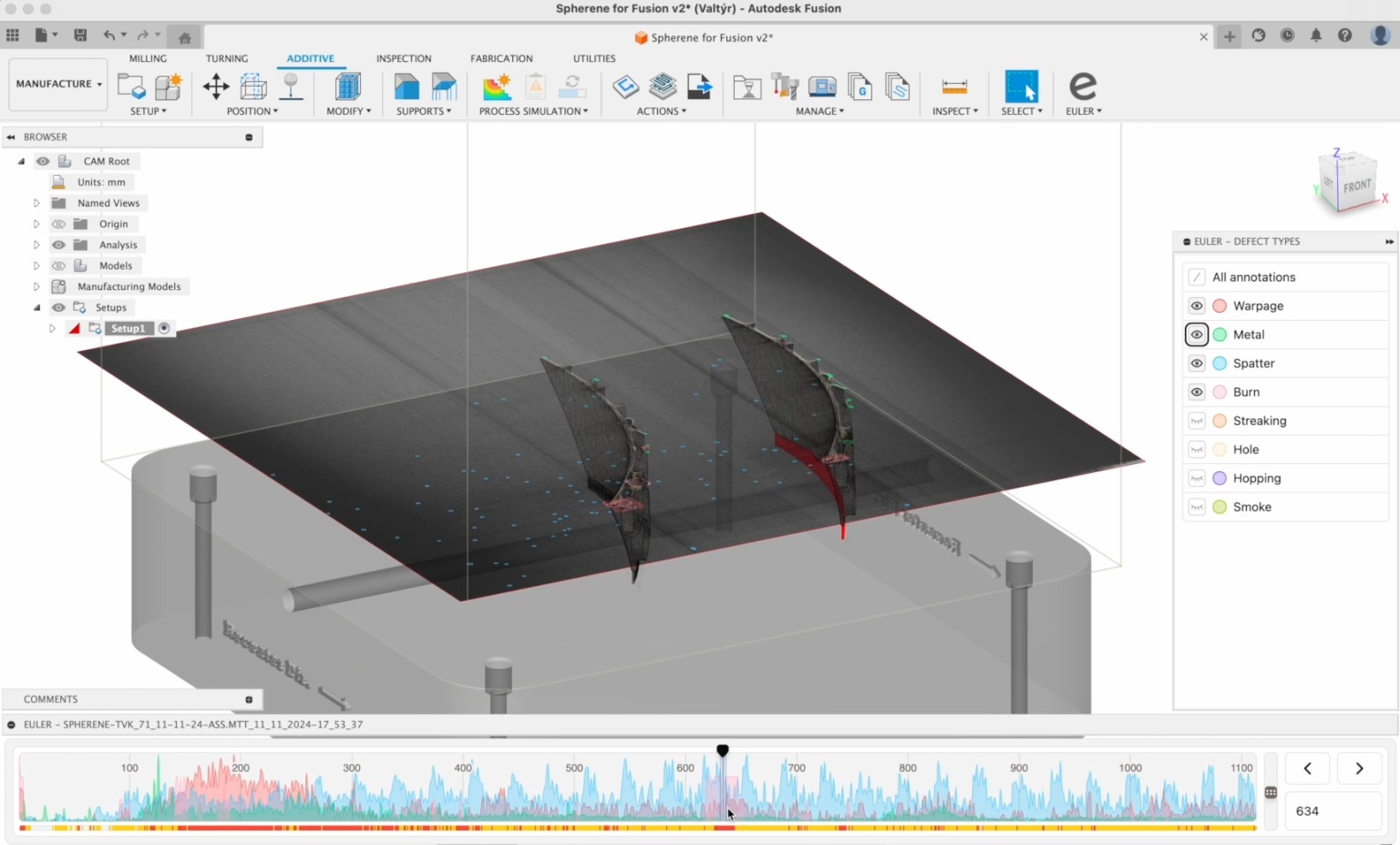
Multi-Material 3D Printing
This innovation allows manufacturers to create parts with varied properties in a single print, such as flexible and rigid materials or different colors and textures. It’s particularly useful in applications like robotics, automotive manufacturing, and healthcare.
MAASS has announced the release of the Shimmy, a Multi-Material Stereolithography (MMSLA) 3D printer. Developed by Nectar Labs, the Shimmy features a patented dual-vat system that enables simultaneous 3D printing of two resins, and an integrated cleaning system to prevent cross-contamination. It supports high-conductivity materials for printing fully functional electronic devices and dissolvable support materials for high-quality surface finishes.
Elementum 3D has introduced RAM technology, which revolutionizes 3D printed aluminum parts. This technology allows for the creation of multi-material components incorporating ceramics and other advanced materials, expanding possibilities in various industries.
Large-Scale Construction Printing
Large-scale 3D printing enables rapid, on-site construction, offering benefits like cost reduction, time efficiency, and sustainability. This technology is ideal for disaster relief and affordable housing projects.
Researchers at the SEAM Research Center introduced new applications for Screw Extrusion Additive Manufacturing (SEAM), focusing on its use in construction. The Epic3D portal printer, capable of producing large-format plastic components, was highlighted for its durable, weather-resistant components tailored for outdoor construction applications.
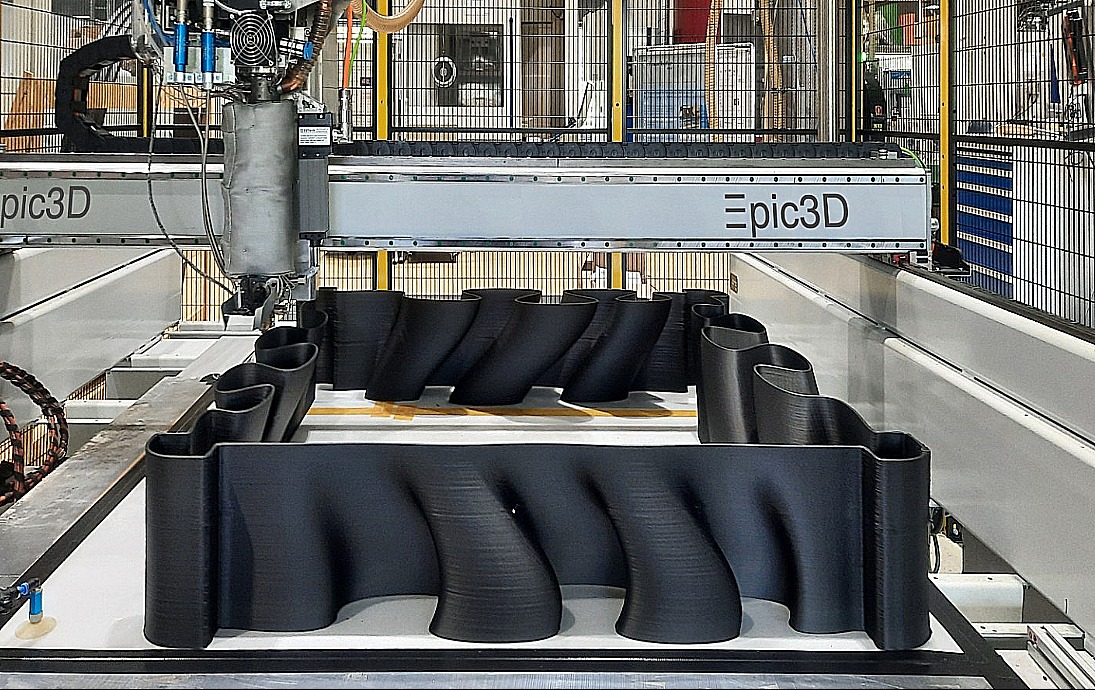
At SXSW 2024, ICON unveiled the Phoenix, a multi-story robotic construction system. This advanced robotic system can print an entire building enclosure, including foundations and roof structures, reducing ICON’s printing costs by half. The first engineering prototype of Phoenix has completed a 27-foot-tall architectural demonstration structure in Austin, TX.
Micro 3D Printing for Precision Medical and Electronics Applications
Advancements in precision micro 3D printing now allow production at sub-100-micron levels, enabling detailed medical devices and microelectronics.
Boston Micro Fabrication (BMF) has made significant strides in micro 3D printing for medical applications. Their latest advancements include the production of micro stents for treating glaucoma, showcasing exceptional precision and glass-like surface finishes. These innovations are redefining patient care by enabling the creation of highly customized and minimally invasive medical devices.
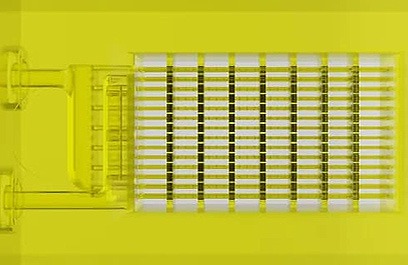
The rise of miniaturization across industries has made micro 3D printing increasingly appealing for therapeutic delivery methods and intra-procedural components. This technology is ideal for applications requiring micron-level precision, such as developing new therapies for hard-to-treat diseases like cancer and Alzheimer’s.
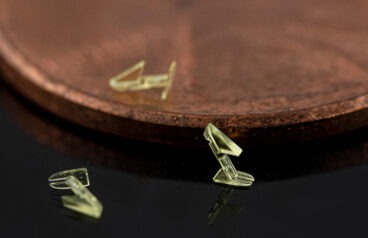
There is a growing demand for advanced materials with increased biocompatibility and temperature resistance to support disease modeling and precision medicine.
Companies are working closely with material scientists to develop materials tailored to specific performance needs in medical applications.
Sustainable Materials
Companies are developing filaments made from recycled plastics, plant-based polymers, and biodegradable materials. These innovations are reducing waste and making 3D printing more environmentally responsible.
Researchers at MIT have developed a 3D printer that can automatically identify the parameters of an unknown material on its own. This advance could help make 3D printing more sustainable by enabling printing with renewable or recyclable materials that are difficult to characterize. This innovation addresses the challenge of setting up numerous parameters manually for new materials, making it easier to adopt sustainable options.
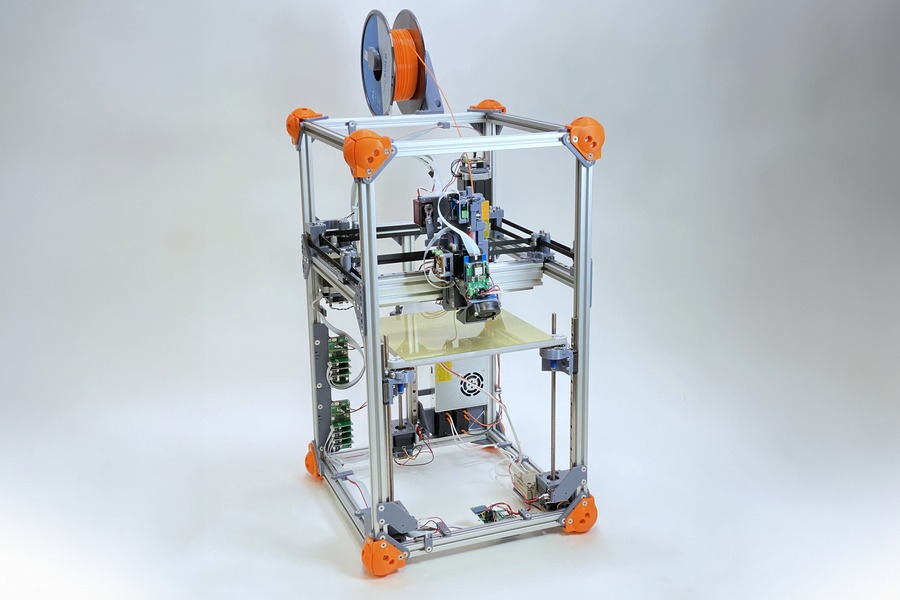
Ourgoodbrands highlights how 3D printing is transforming manufacturing into a more adaptable and efficient process. By reducing waste, saving energy, and enabling a circular economy, 3D printing is becoming a major player in building a sustainable future. The article discusses the benefits of reducing material waste, minimizing energy consumption, and supporting local production to cut down on transport emissions.
The 3D Printing Industry Executive Survey for 2024 emphasizes the increased focus on developing sustainable policies and practices within the additive manufacturing (AM) industry. Advancements in printing technology and a growing commitment to sustainability are driving the industry towards more eco-friendly production methods.
3D Bioprinting Advancements
Scientists have made significant strides in 3D bioprinting, including the creation of more complex tissue structures. This innovation brings us closer to the possibility of printing functional organs for transplantation, revolutionizing the medical field.
3D bioprinting is making significant strides in organ transplantation. Researchers are focusing on printing cells and tissues for tissue regeneration and reconstruction of viable human organs, such as the heart, kidneys, and bones. This technology aims to address the shortage of organ donors and provide better solutions for patients in need of transplants.
Advances in 3D bioprinting are being integrated into various medical fields. This includes printing cells and tissues for tissue repair and regeneration, as well as reconstructing viable human organs. The technology is being used to improve surgical outcomes and patient care.
Metal 3D Printing for Aerospace
Companies like GE Aerospace are leveraging metal 3D printing to produce lightweight, high-strength components for aircraft engines. This technology not only reduces weight and fuel consumption but also allows for more intricate designs that were previously impossible to manufacture.
SpaceX finalized a $5 million licensing agreement with Velo3D for metal additive manufacturing technologies. This deal, which includes an additional $3 million for engineering and support services, extends a decade-long collaboration that has been pivotal in creating SpaceX’s Raptor engines. Velo3D’s Sapphire 3D printing systems, known for their non-contact recoater technology, have been instrumental in fabricating complex, high-temperature components essential for rocket propulsion.
AddUp, in alliance with Airbus Defence & Space, developed a metal 3D printer intended for space applications under the European Space Agency (ESA) contract. This system was launched toward the International Space Station (ISS) by NASA Mission NG-20 on January 30, 2024. The printer is set to undergo testing aboard the Columbus module of the ISS, aiming to evaluate additive manufacturing capabilities and performance in sustained microgravity conditions.
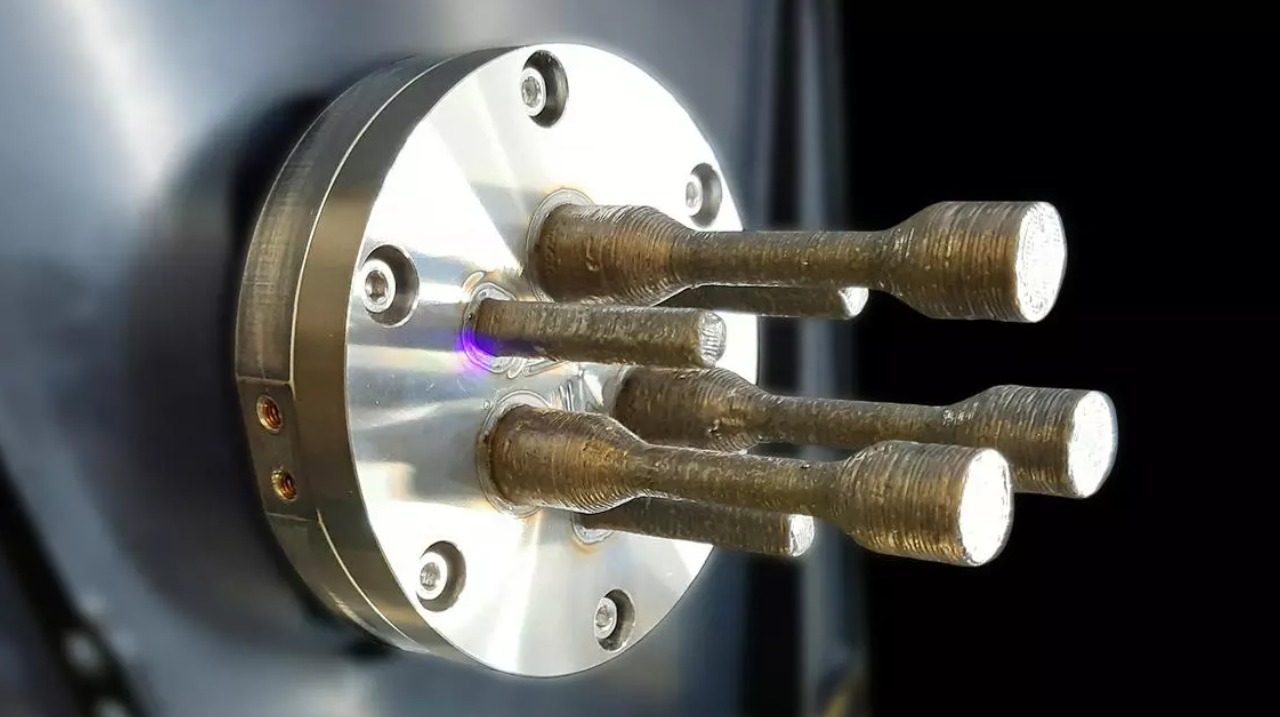
3D Printed Electronics
The integration of electronic components directly into 3D printed objects is becoming more sophisticated. This innovation is enabling the creation of smart objects with embedded sensors and circuitry, paving the way for new applications in IoT (Internet of Things) devices.
A recent report by IDTechEx highlights the growing market for 3D electronics, forecasting it to reach $4.3 billion by 2034. The report emphasizes the potential of technologies like In-Mold Electronics (IME), which embeds conductive traces and components in 3D parts, offering advantages in power efficiency and design flexibility.
At Formnext 2024, several innovations in 3D printed electronics were showcased. Fraunhofer IWU unveiled a printhead capable of embedding wires and fibers into 3D prints, allowing for integrated electronics and structural reinforcements in components.
Food 3D Printing
The culinary world is also embracing 3D printing technology. Innovative chefs and food scientists are using 3D printers to create intricate food designs, personalized nutrition, and even lab-grown meat. This technology has the potential to transform how we think about food production and consumption.
Companies like Relocalize are developing autonomous micro-factories to produce food and beverages locally. These systems reduce food miles, ensure fresher produce, and provide resilience against global disruptions. This approach also allows for greater customization of food products to meet local market demands.
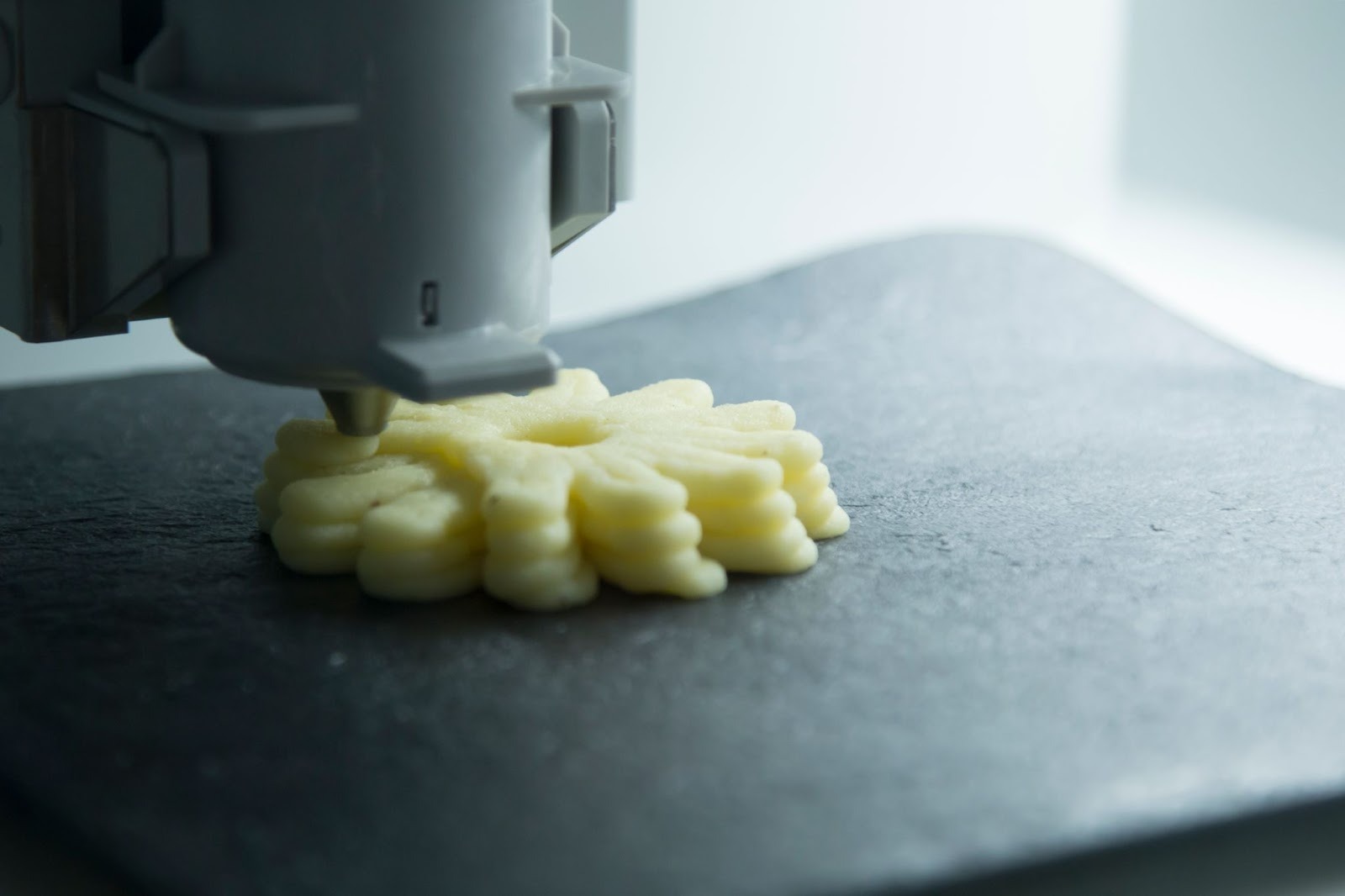
The 3DFP-2024 International Virtual Symposium brought together experts to discuss the latest advancements in 3D food printing. Topics included enhancing the taste, flavor, and texture of food, as well as improving the precision and accuracy of the printing process.
Self-Healing Materials
Engineers are developing self-healing materials that can repair themselves when damaged. These materials can significantly extend the lifespan of 3D-printed objects, making them more durable and sustainable.
KAIST researchers have been focusing on intrinsic polymer self-healing mechanisms for 3D printing. Their work aims to overcome challenges such as low mechanical properties, material waste, and printability issues. The self-healing materials they developed can recover from physical damage, making them ideal for complex 3D-printed components.
Conclusion
As we look ahead, the potential of 3D printing technology is boundless, with each innovation bringing us closer to a more efficient, customized, and sustainable world. For businesses and individuals looking to leverage the power of 3D printing, partnering with a trusted service provider is crucial.
FacFox offers state-of-the-art 3D printing solutions tailored to your unique needs. Whether you’re in aerospace, healthcare, or consumer products, FacFox’s expertise and cutting-edge technology can help you turn your ideas into reality. Discover the possibilities with FacFox and take your projects to the next level.

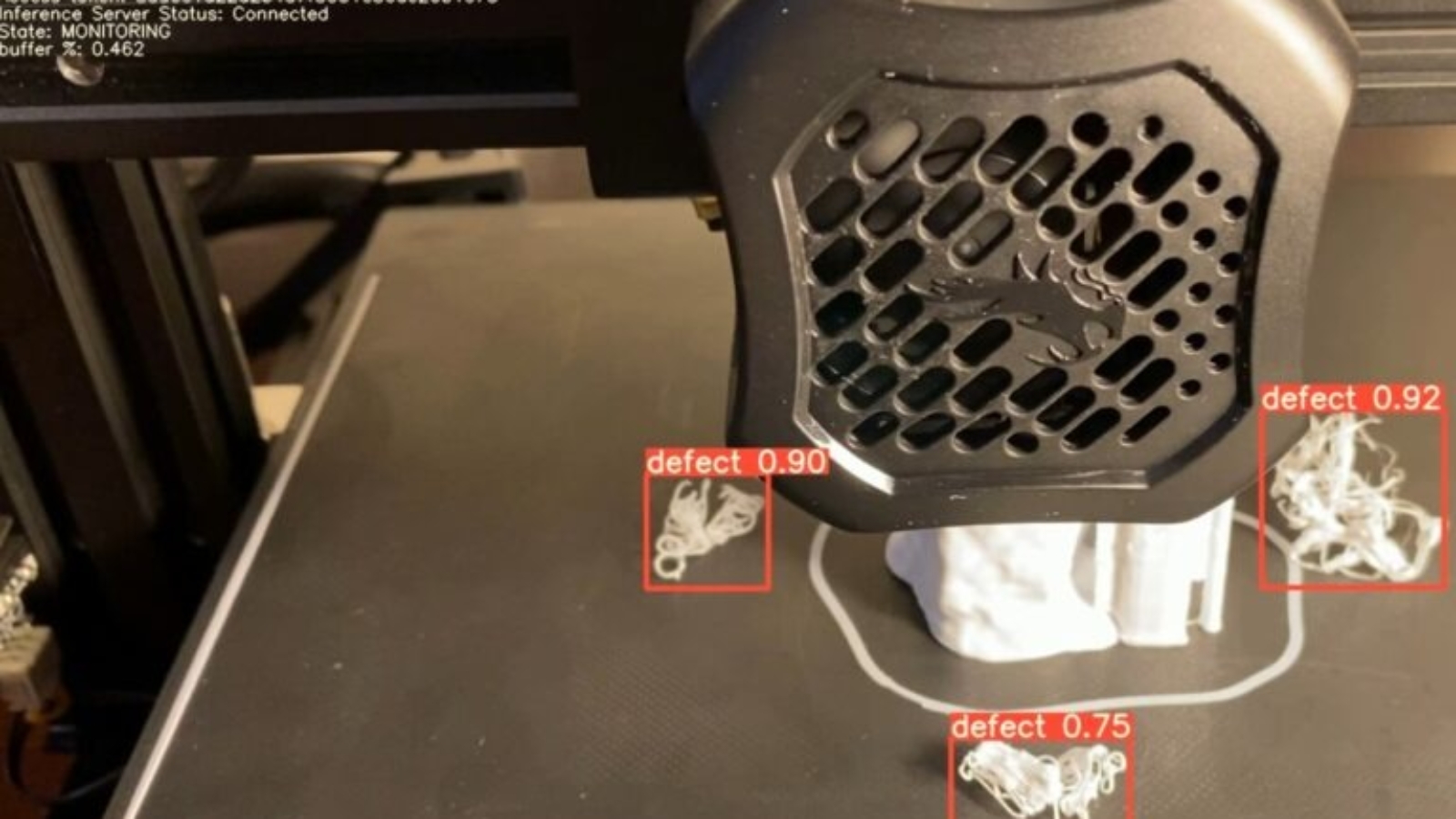
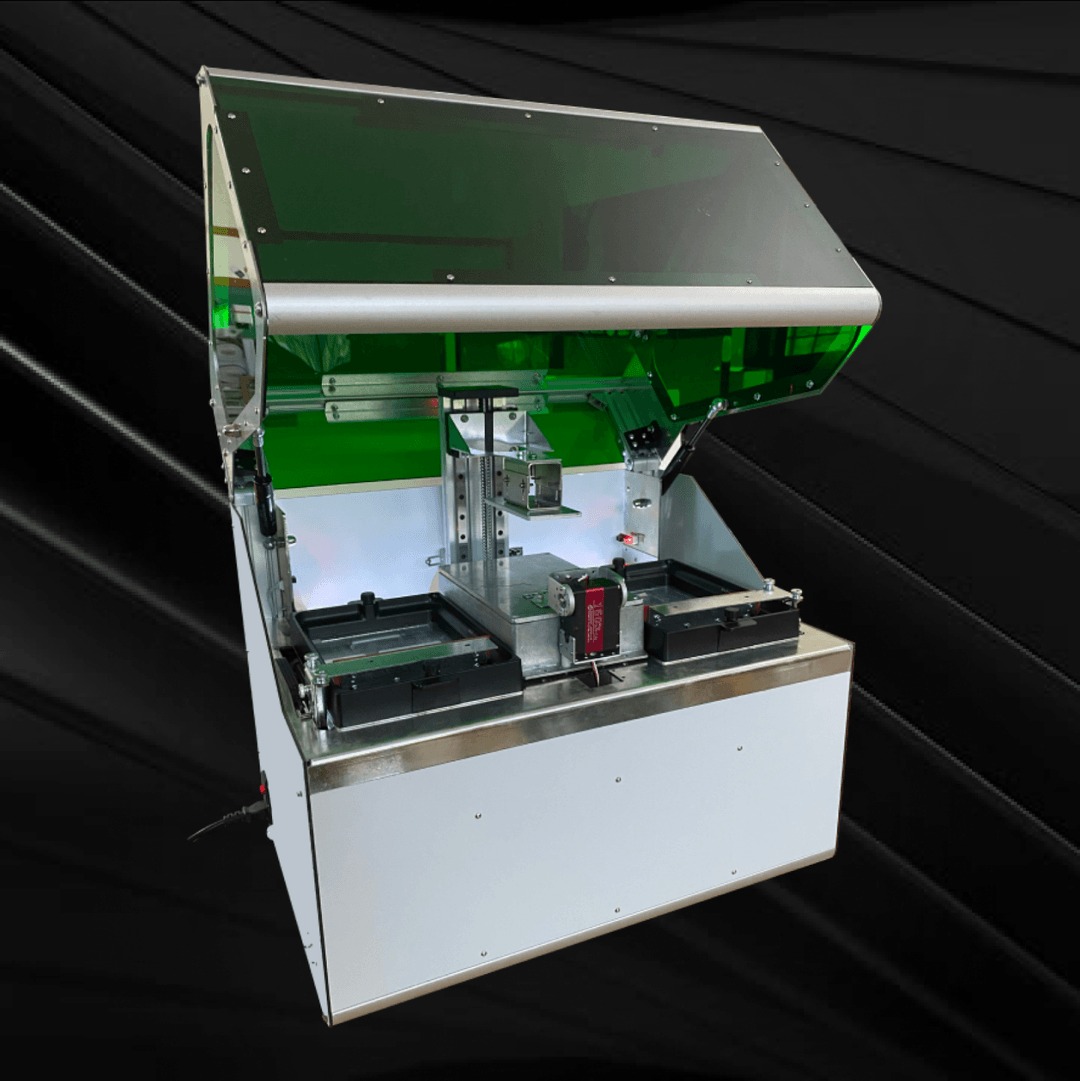
Leave A Comment